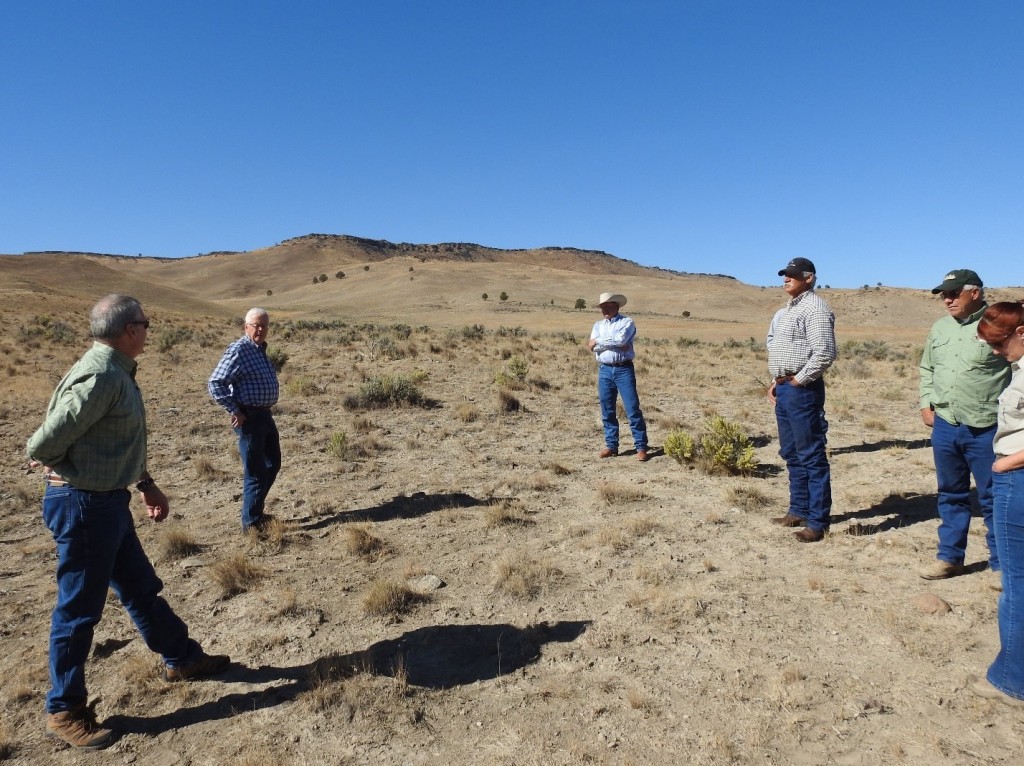This issue was confronted in December of 2014 by the Bureau of Land Management, through Oregon Consensus in Portland, Oregon. They decided to engage CDR Associates to help one county in Oregon (basically one BLM District–larger than the State of Maryland) face the specter of mega-fires in sagebrush country. With the help of a “Core Team” made up of Federal officials (from BLM and US Fish and Wildlife Service), scientists (USDA Agricultural Research Service), environmentalists (The Nature Conservancy), a County Commissioner, and ranchers, CDR began working on this project in February 2015.
CDR and the Core Team first worked together to create a larger group called the Harney County Wildfire Collaborative. The Collaborative now includes members from Oregon Department of State Lands, Oregon Department of Fish and Wildlife, members of six Rangeland Fire Protection Associations (the volunteer firefighters for the county), firefighters from federal agencies, members of two other environmental groups, as well as chiefs of tribal, city and county fire departments. The group agreed to meet for a full day once a month in Burns. Further, the agreed on the following purpose statement:
The purpose of the Harney County Wildfire Collaborative is for the group to reach consensus on specific, achievable, tangible and measurable steps to be taken by all entities (both public and private) to reduce the potential for and impact of mega-fires in Harney County. (Here consensus is defined not as unanimity, but agreement to live with the developed solution and support it moving forward.)
Suppression (the first topic to be addressed by the Collaborative) is defined as the communication, coordination and integration of actions taken to put fires out in both initial attack and extended attack.
In August the group moved from the suppression topic to the challenges of preventing these mega-fires. As their next step they intend to identify several pilot sites and work together to agree on management tools that can be applied to the wide variety of ecosystems on these sites. The final major topic the Collaborative plans to address is restoration–so stay tuned! To learn more, contact Mary Margaret Golten.

